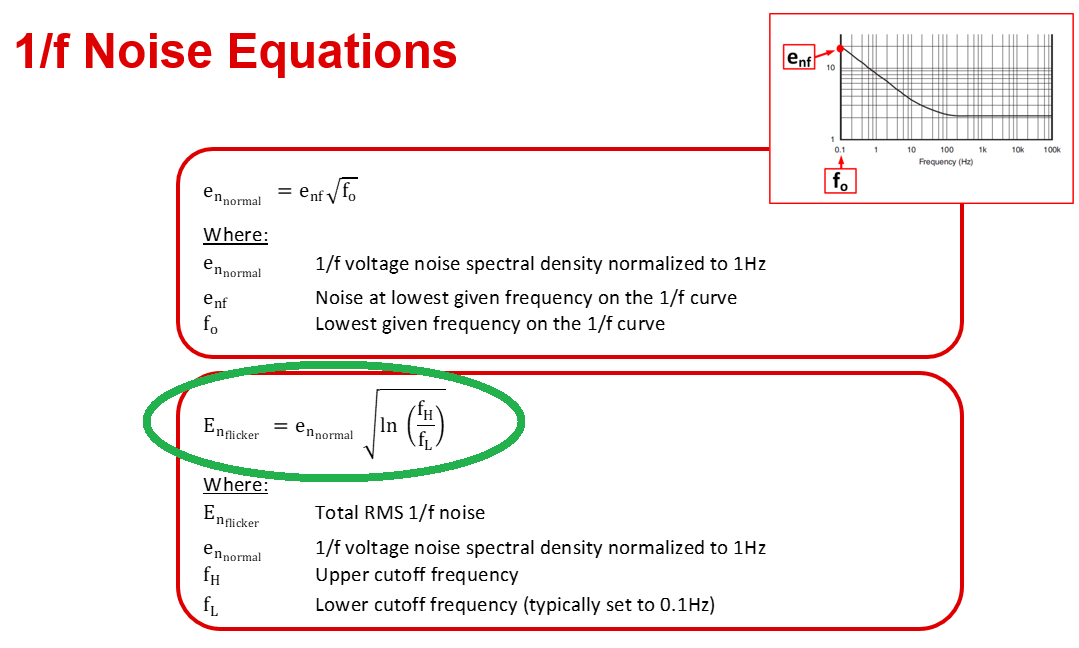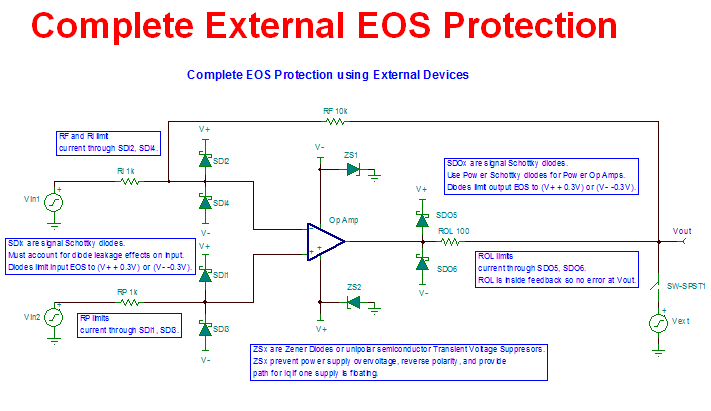I have used OPA2140 in a product for the first time now (previously OPA2134) and I am experiencing severe issues. Some of the chips burned or exploded immediately after powering up (replaced them, worked fine), and 2 more have burned after some days, the last one at customers place. I use it as a simple non-inverting unity gain buffer with 100k load and virtual earth mixer with 15k load, so, nothing particularly difficult. There was no input signal when we had problems. Capacitive load is picos. I have never before had OP amps exploding and catching fire and therefore I am very surprised about the issues. The way I used them was not new for me in any way and previously OPA2134 has been fine there. I am in serious trouble, products have been sent all over the world, so please help. Power supplies are +/- 18V and bypassed with film caps. PCB is standard 2 layer with proper layout. Chip is SOIC.
Has there been a faulty batch of these chips? I can not come up with any other reason. Those chips which work, remain cool.
I bought the chips from Mouser during the Spring.
-
Ask a related question
What is a related question?A related question is a question created from another question. When the related question is created, it will be automatically linked to the original question.





